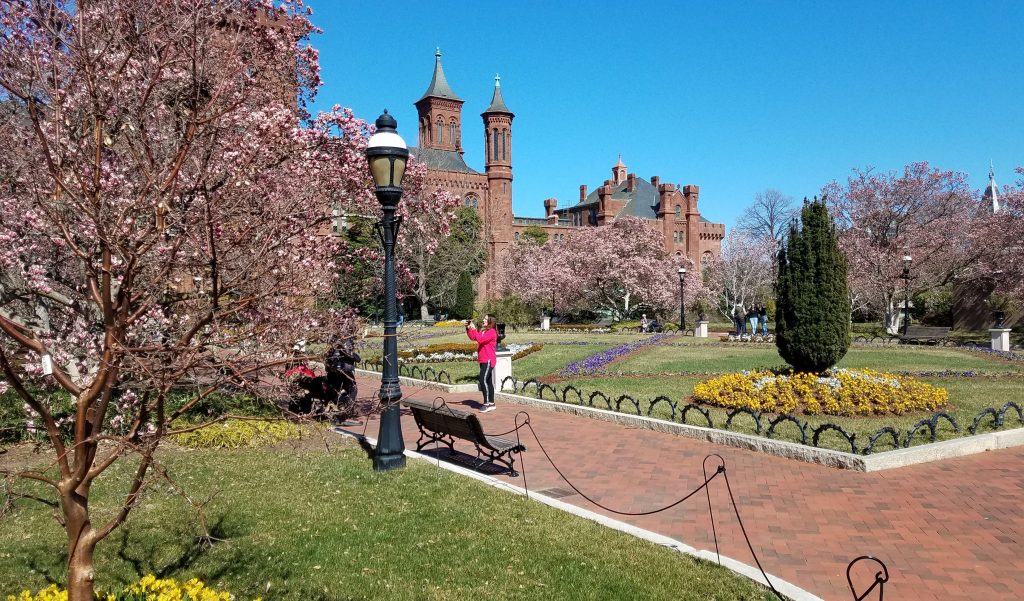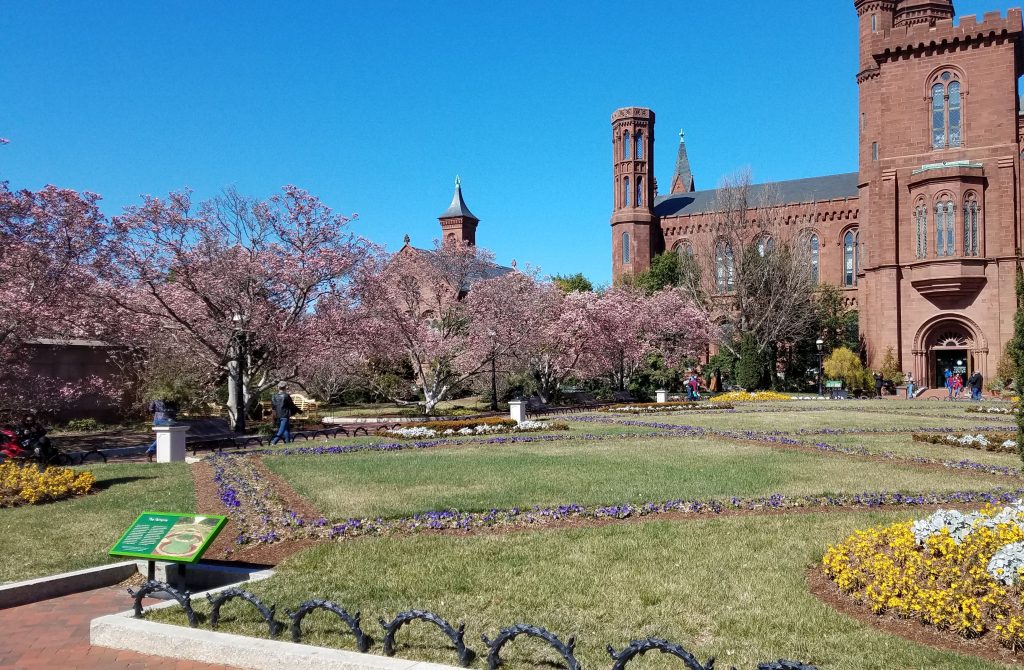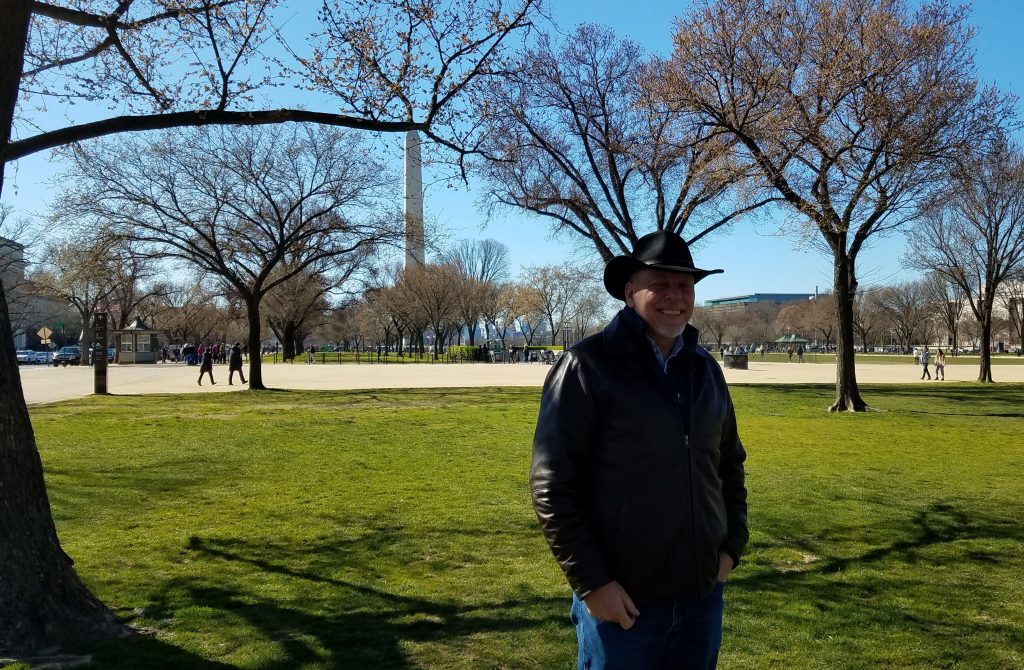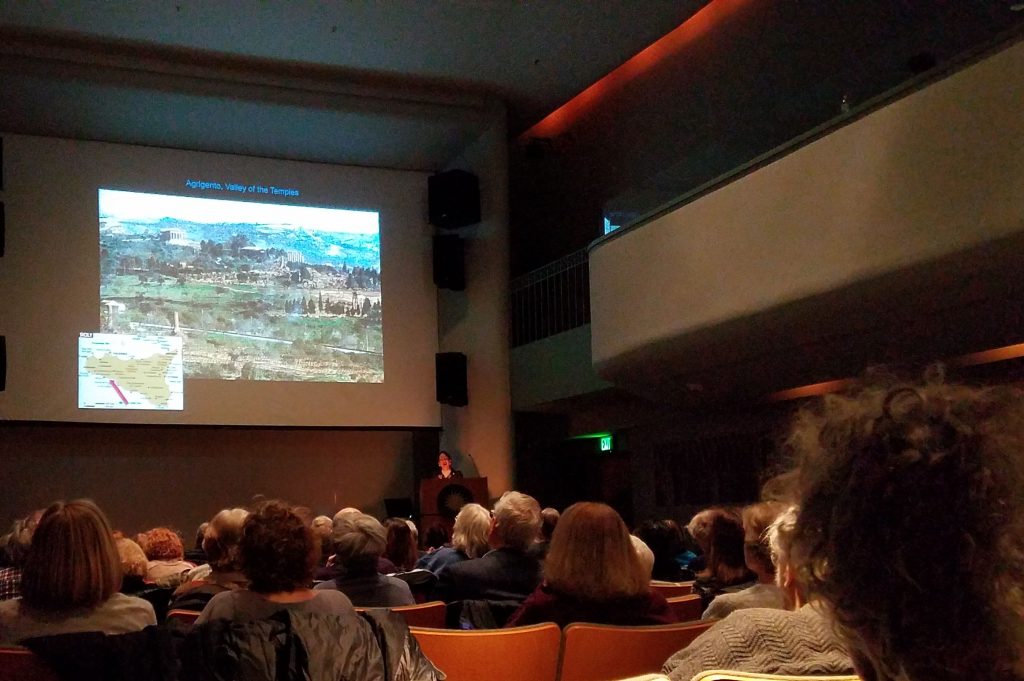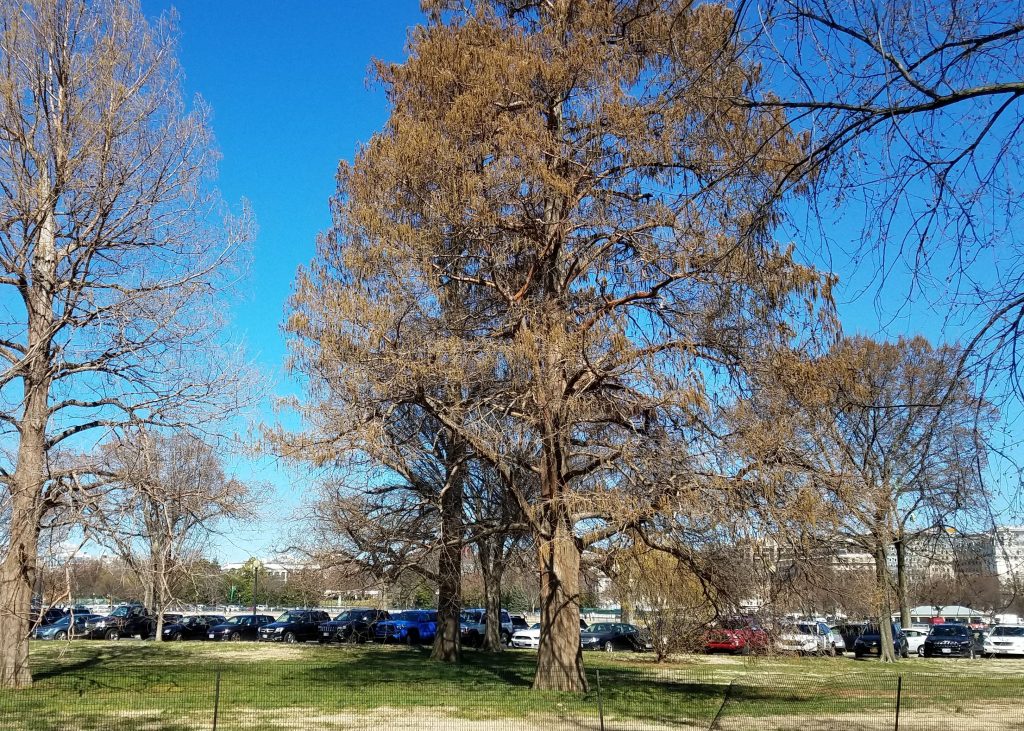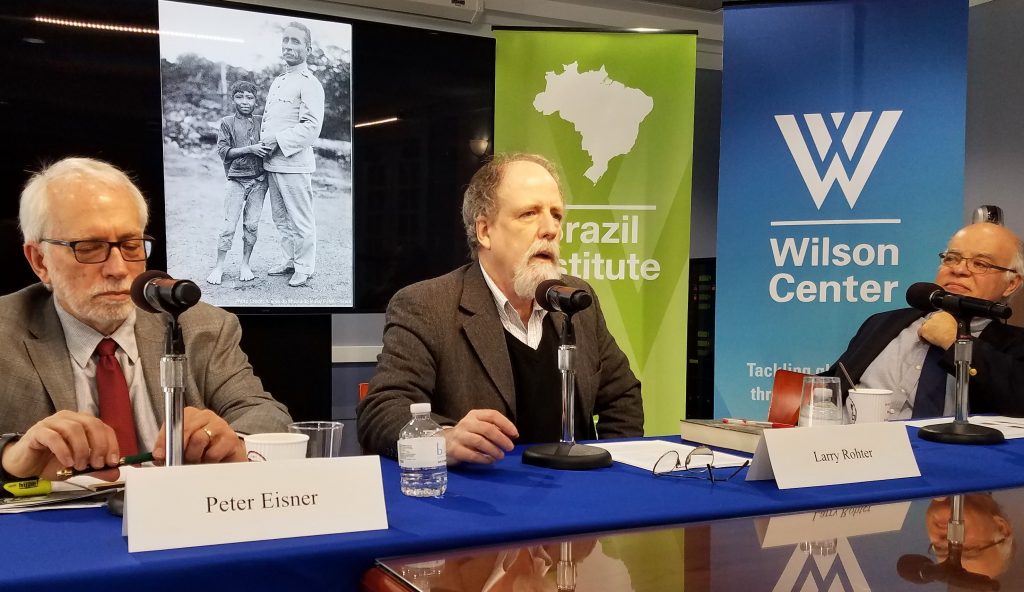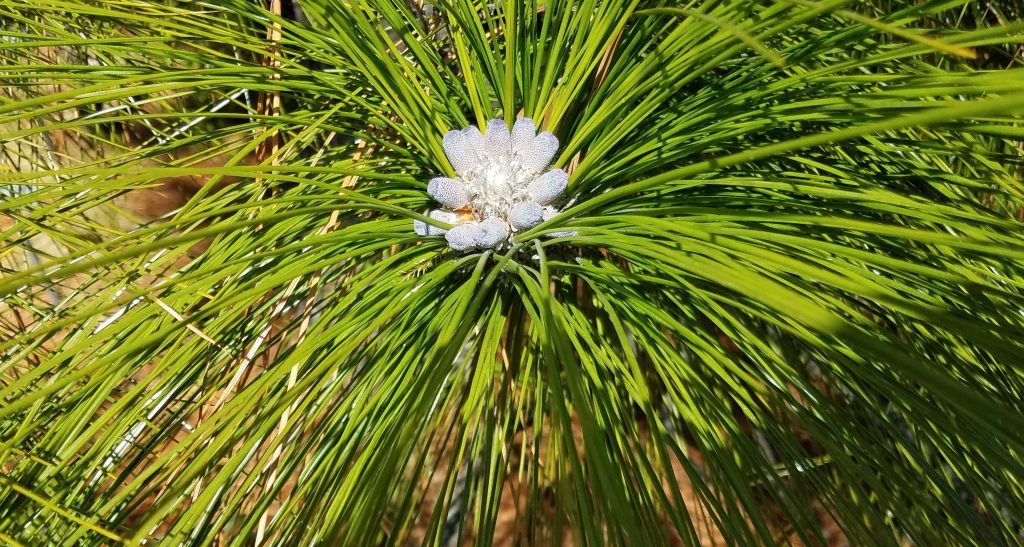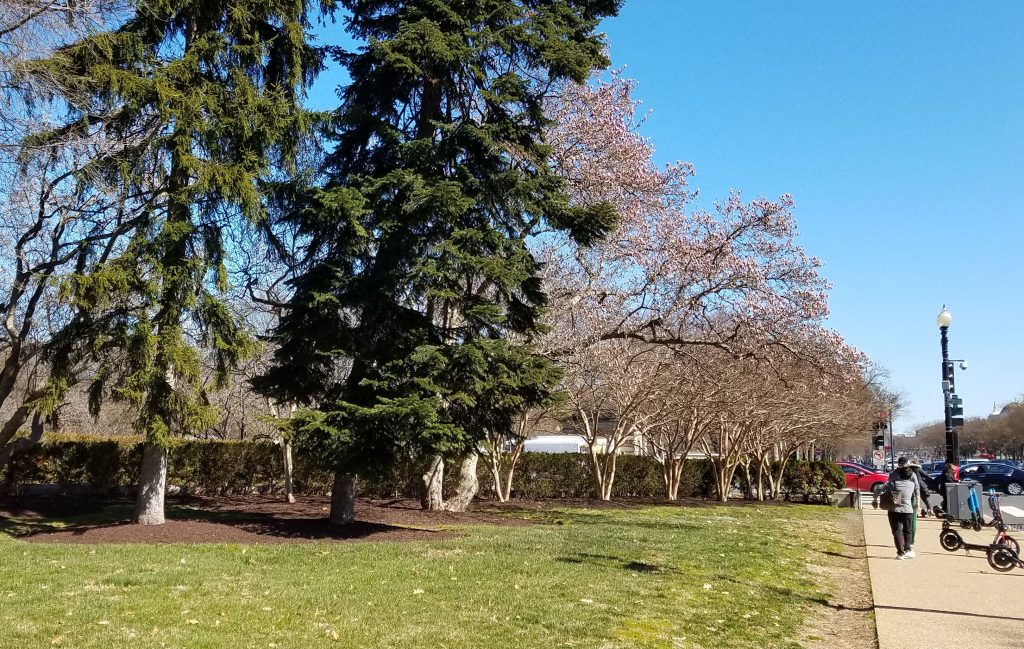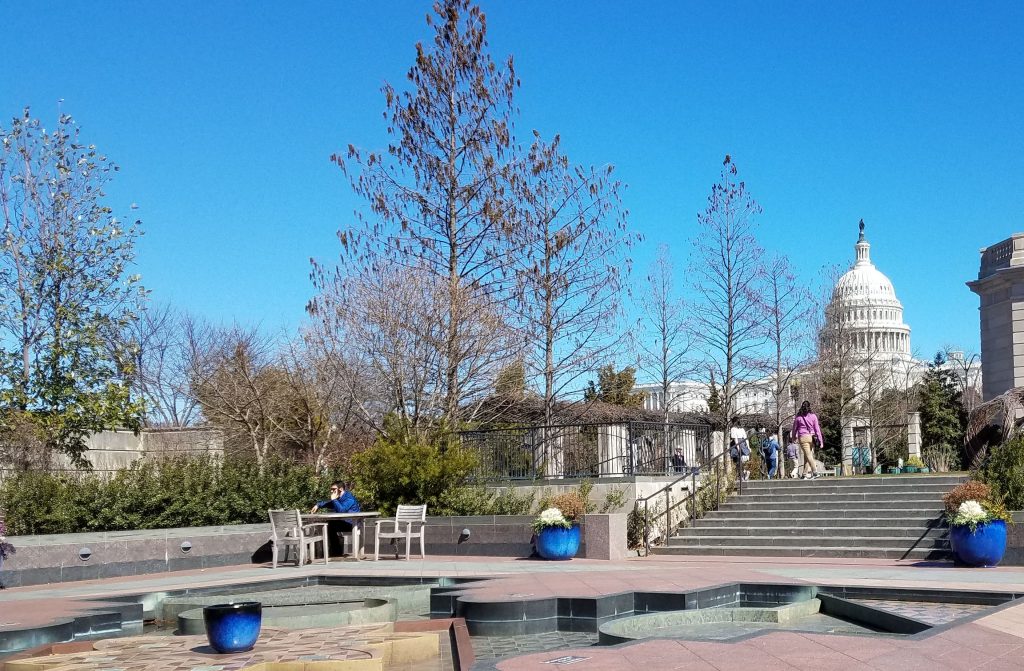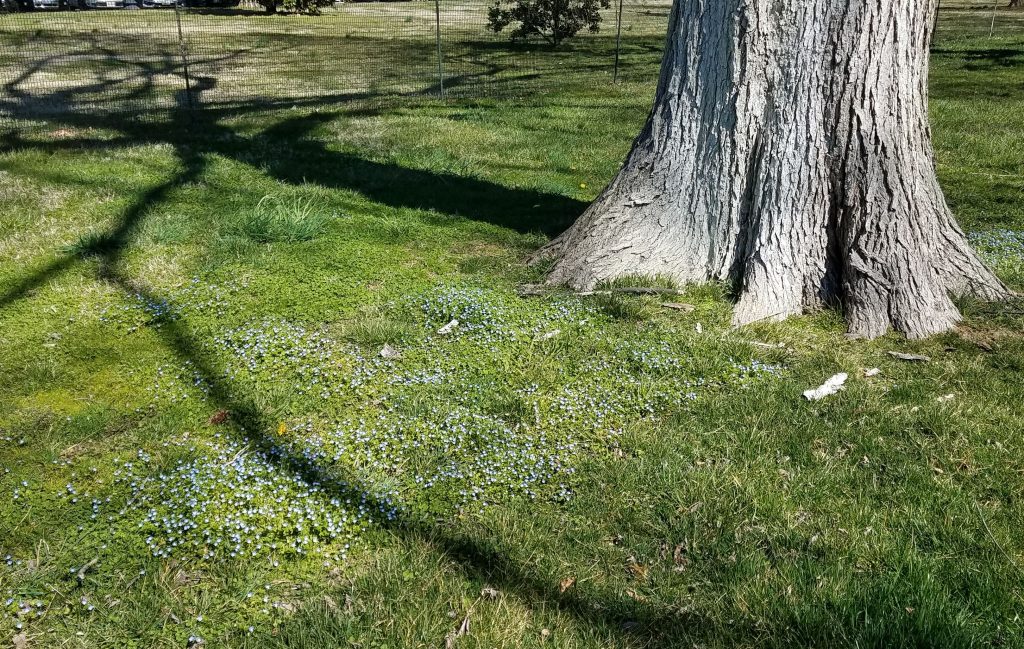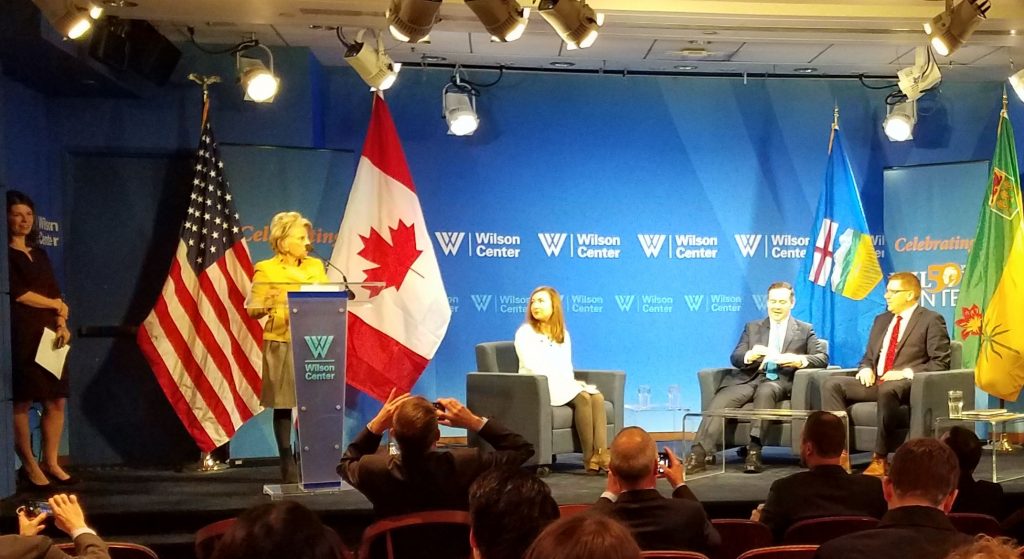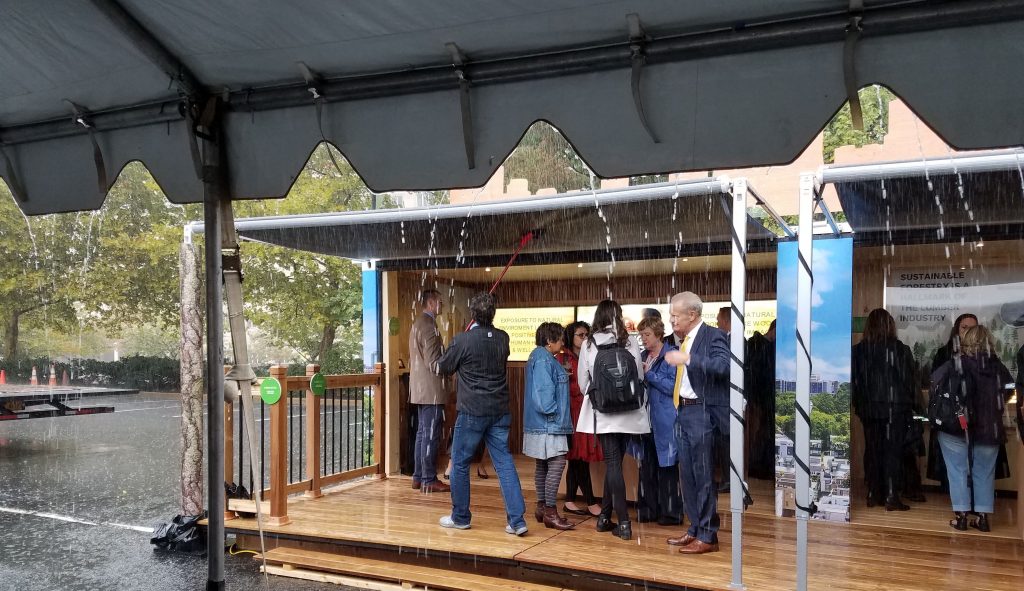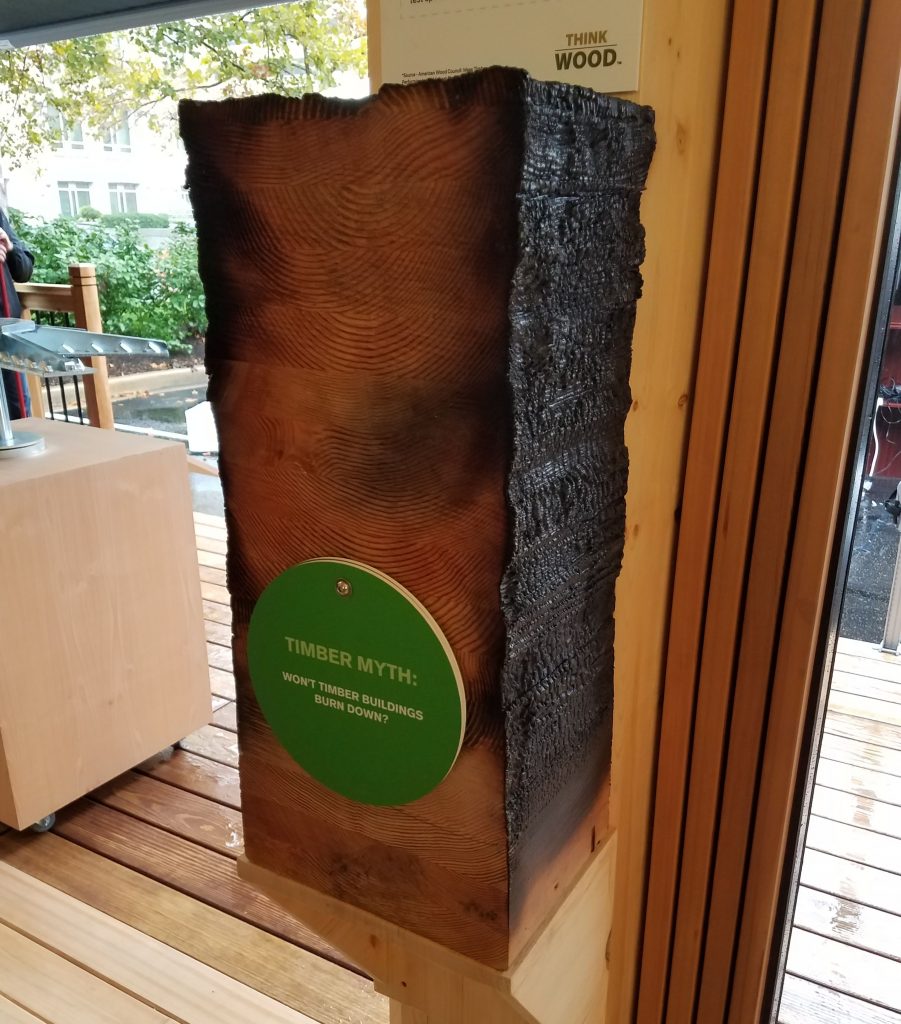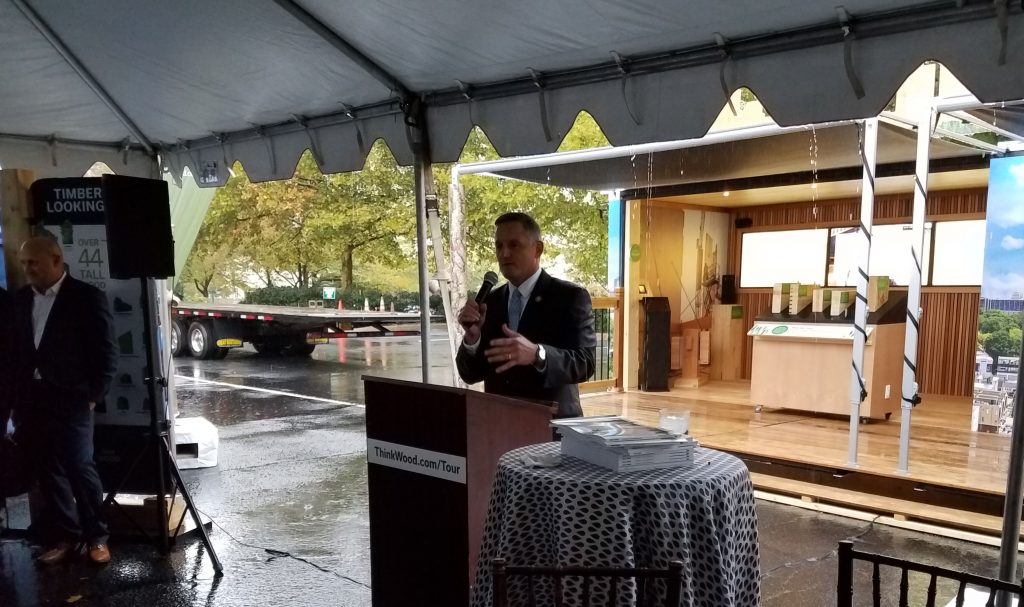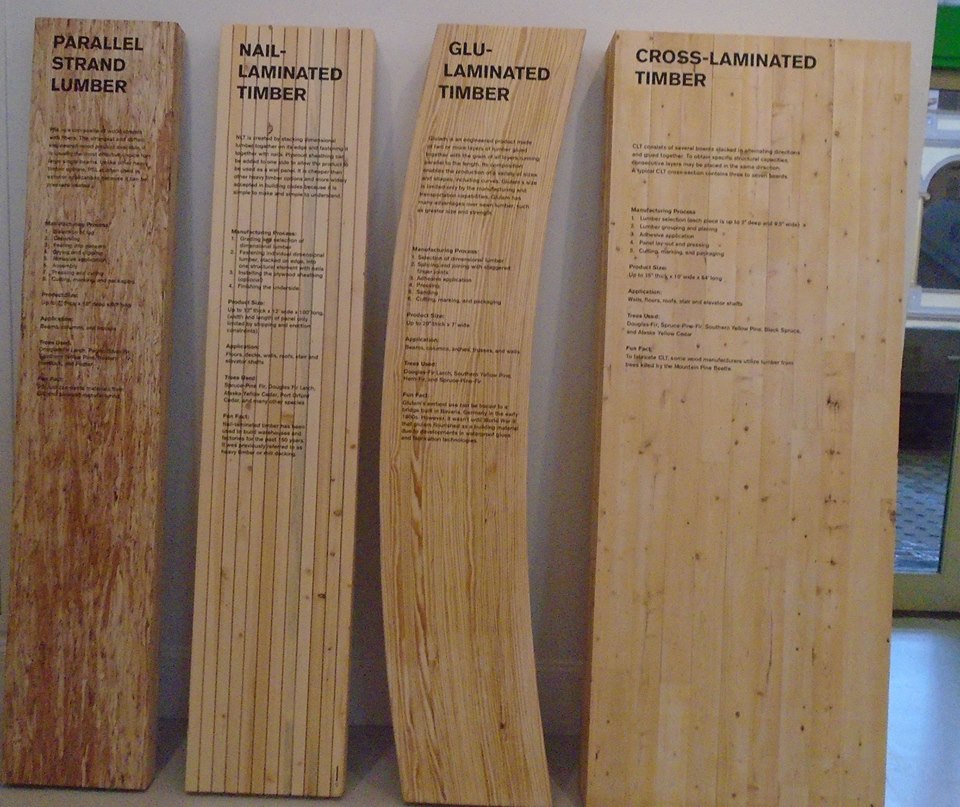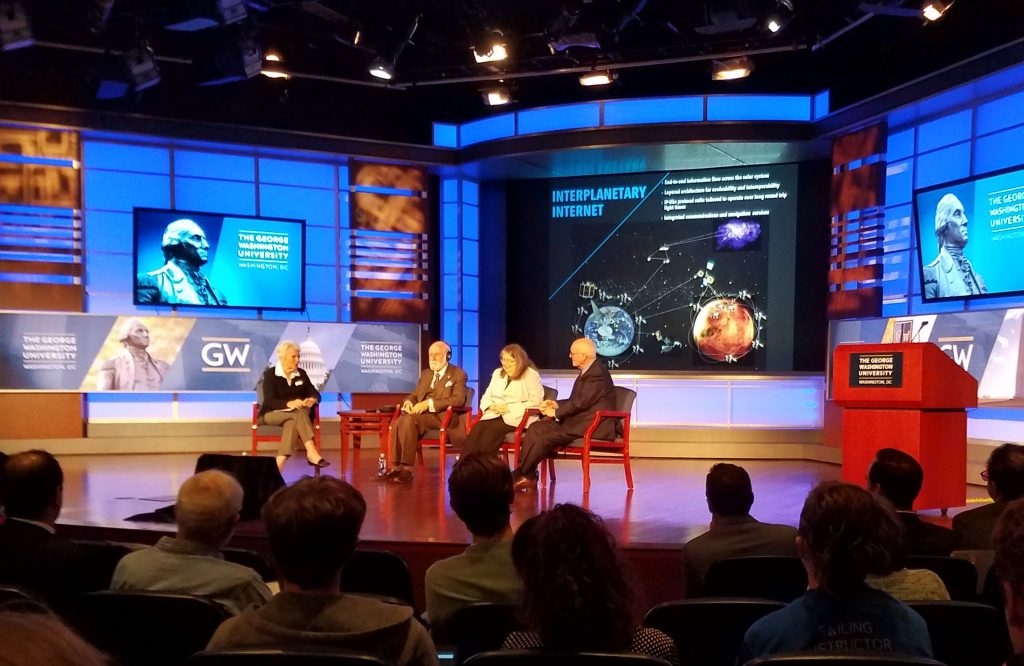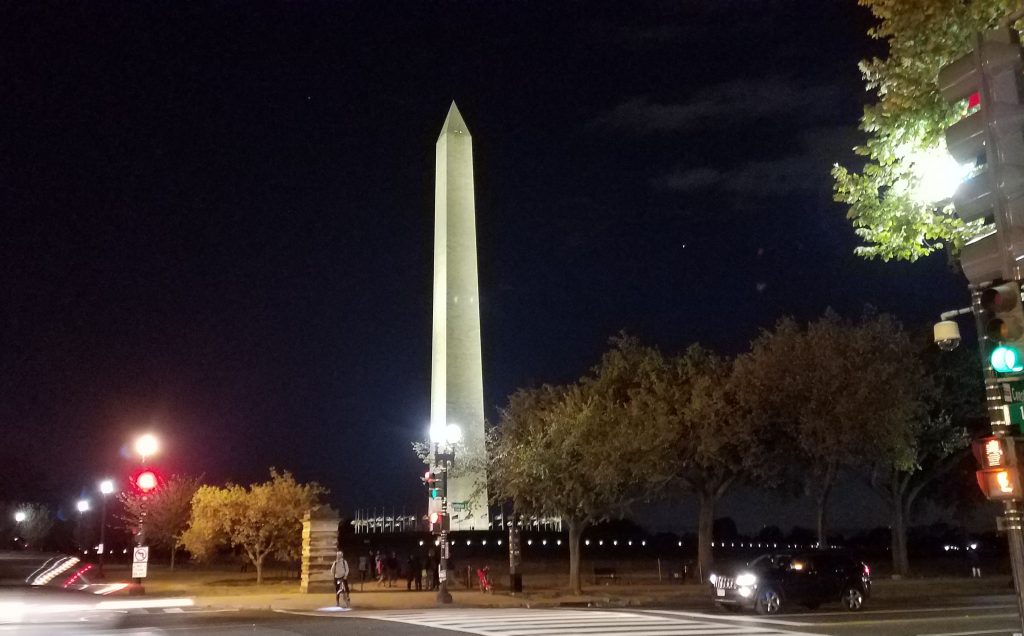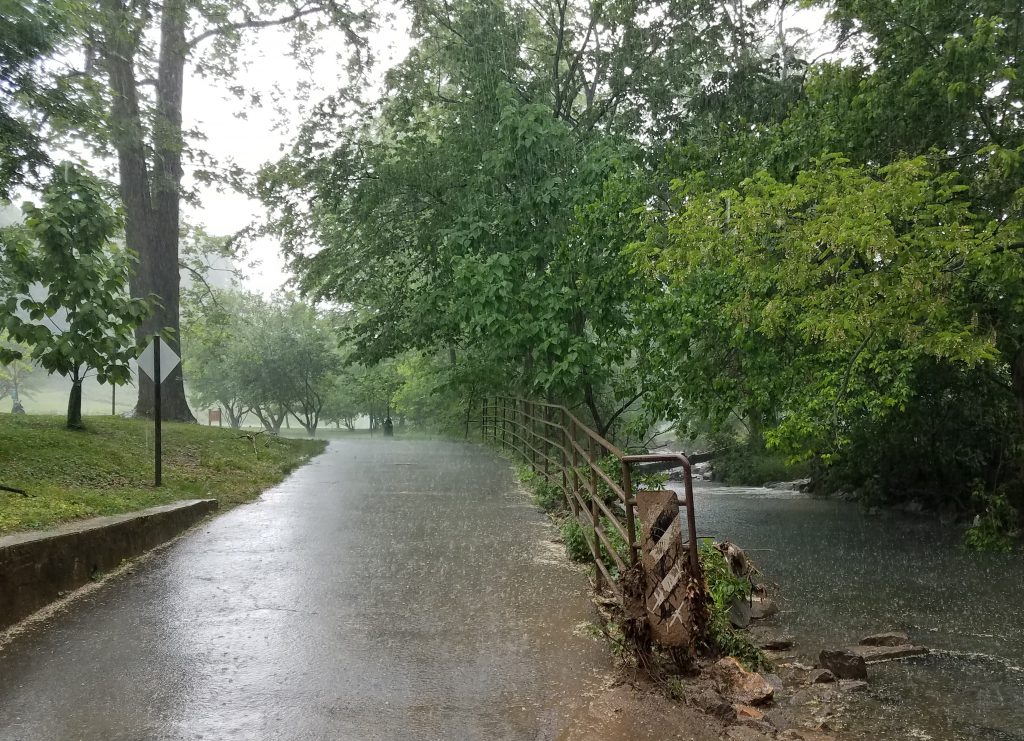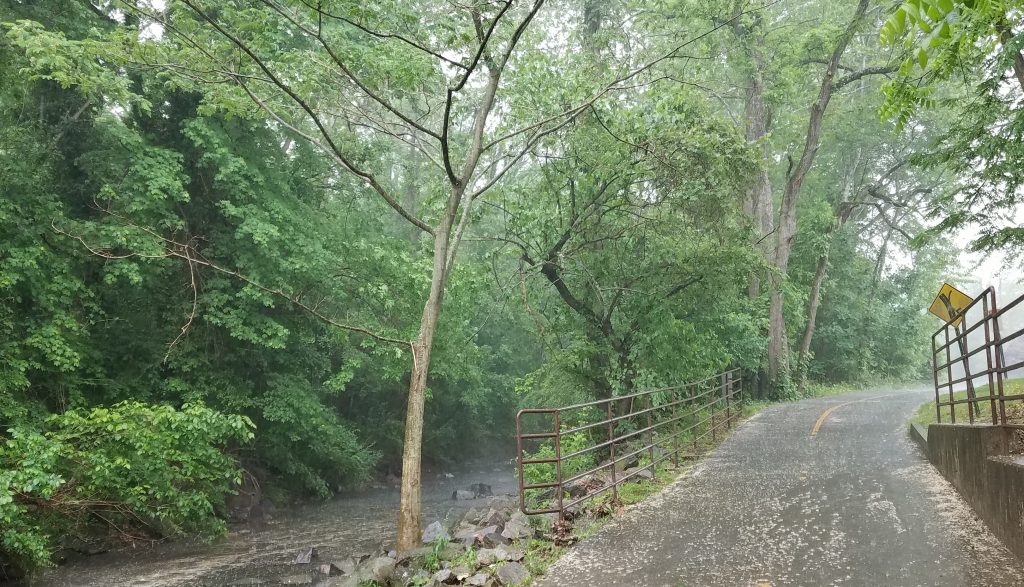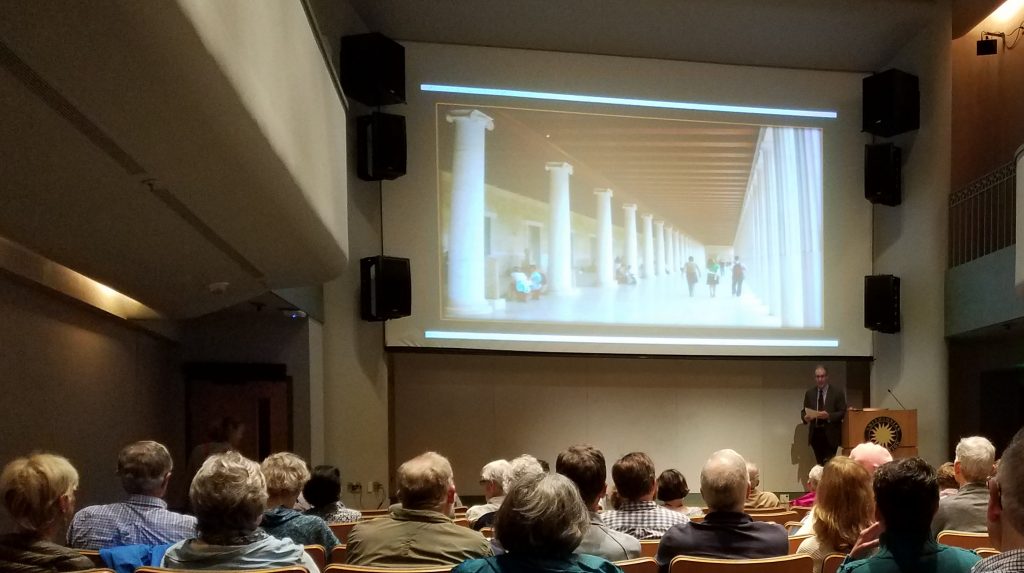I participated in a Wilson Center Webinar “COVID-19 and the Northern Border” on April 14, 2020. It was a follow up/update to Wilson Center’s publication “Reports from North America’s Borders: Experts React to New COVID-19 Travel Restrictions.” The panel was introduced by Wilson CEO Jane Harman and moderated by Chris Sands, Director of the Canada Institute. Panelist included: Alan Bersin, Global Fellow, Mexico & Canada Institutes, Wilson Center; Former Assistant Secretary for International Affairs and Chief Diplomatic Officer for the U.S. Department of Homeland Security (DHS) Office of Policy; Kathryn Friedman, Global Fellow, Canada Institute, The Wilson Center; Research Associate Professor of Law & Planning at the University at Buffalo; Laurie Trautman, Global Fellow, Canada Institute, The Wilson Center; Director, Border Policy Research Institute Western Washington University & Solomon Wong, President and CEO, InterVISTAS Consulting Inc.
Notes from each participant are included below. They were in general as upbeat as you could expect given the nature of the crisis. The good news is that the closing of the border was done with consultations between the USA and Canada and carried out in the spirit of cooperation and mutual respect, bred of long and trusting relationships.
Canada and the USA agreed to temporarily restrict all non-essential cross-border travel for the first time since September 11, 2001. The agreement restricts travel for tourism and recreation but allows business travel crucial to our integrated supply chains. Until the closure, $2.7 billion worth of goods crossed the Canada-U.S. border every day.
Please refer to the earlier comments of participants here. You can also watch the event at this link.
Alan Bersin – Global Fellow, Mexico & Canada Institutes, Wilson Center; Former Assistant Secretary for International Affairs and Chief Diplomatic Officer for the U.S. Department of Homeland Security (DHS) Office of Policy
Governments Canada and USA agreed on how to let goods pass, if not people, so not like 9/11. Not unilateral. Ended up with a North American approach. First time we had something like this. Also, not indefinite shutdown. USA and Canada announced 18 March for 21 March with review a month later. This was an orderly shutdown and not a complete one.
Recognized importance of keeping supply chains. Public health concerns well balanced with economic ones. People cooperating. Not much confusion or anger.
Question is how to restart economy. We can say that instead of being a source of grief and conflict, it may be a bright spot, as way to help the general restart of economy. An example for good.
Re 3M exporting masks to Canada. Trudeau called the WH and it was changed. There was talk about barring PPE for export but explicit exception for Canada and Mexico.
It is working well because of relationships and trust and confidence built over a long time.
Supply chains v human traffic
A weak point has been sharing information about supply chain integrity. In future will need more information developed and exchanged. New techniques in information technology will allow us to share information w/o comingling, which might compromise sensitive or proprietary information.
Recognize the importance of North America. Use C-19 experience to think about how North American can work even better.
Kathryn Friedman – Global Fellow, Canada Institute, The Wilson Center; Research Associate Professor of Law & Planning at the University at Buffalo
Buffalo-Niagara Passenger traffic down 98%, bus traffic down 99.6%. 28-30% commercial traffic down. Industries that rely on cross border (mostly tourism) are badly hurt.
People mostly abiding by rules. On the USA side, there is not much problem. On Canadian side harder. People who work in the USA must quarantine when they come back.
USA-Canada – shows how a good relationship can work. We always have to “weed the garden” but the system is working well.
Laurie Trautman – Global Fellow, Canada Institute, The Wilson Center; Director, Border Policy Research Institute Western Washington University
In NW not many workers pass back and forth. Concerned that Canadian discretionary spending will not be back very quick. Canadians buy gas, get their Amazon purchases etc. Flow of American going north was much smaller and they were not shopping much.
Hopes this crisis shows the importance and effectiveness of working of the border.
Solomon Wong – President and CEO, InterVISTAS Consulting Inc.
Passenger traffic almost gone, but decline not so much, since cargo has filled some of the void. Delta etc are converting to cargo very rapidly. Moving medicines and perishable good.
Some experience with SARS and MERS, so they can better adapt to risks. Air travel has been a conduit for super spreading. Flights from China are coming back. Flights from China to Vancouver have been full, still not going back.
Role of big data – finding asymptomatic carrier of disease is fundamental challenge. The undiscovered territory is what can be done with large data. In China they can check where you went. Lots of potential privacy issues. Chinese less concerned with these issues.
Lots of room to grow. Do not focus only on tech or too much on tech. People and process matter.
Questions
Jane Harman kicked off. Have we learned lessons since 9/11 re other countries?
Wong – lesson learned is that people need to be reassured. If there are too many different forms, too much complexity, it makes people afraid.
Friedman – Maybe cannot handle other countries as easily as Canada. Our countries are extraordinarily integrated. No other place is like that.
How will restriction complicate supply chains and family reunification.
Trautman – trucks are still moving. Changes in demand are affecting more than peculiar border issues. For example, Washington State processes oil and ships back to Canada. They are doing less, since there is a big drop in demand.
Friedman – family visits are still problems due to quarantine.
Have you heard timeline for more stringent measures?
Bersin – had not heard of more stringent. April reassessment will identify what worked and what did not, maybe develop best practices. Tension between more bureaucracy and more local initiative. So are is working okay.
We will need to resume step by step. Border can be crucible for opening other sectors, based on data. Mechanisms still not up to do this.

